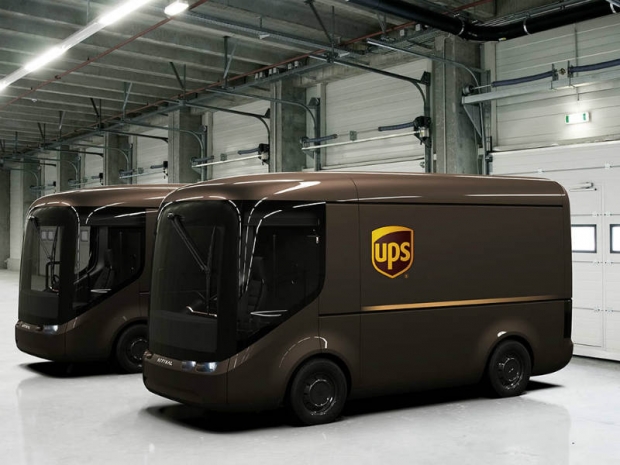For now, the trucks are still in a prototype phase. They are 2.7 meters tall and designed for "walk-in and walk-out" use.
Patrick Bion, Arrival's chief of product said the final version should have a battery pack "around about 75KWh" which can manage roughly 250 kilometres (155 miles) on a single charge.
The vehicle will use CCS, a popular charging standard that cleverly combines the slower Type 2 port with two large DC pins for rapid charging. Arrival has previously confirmed that its trucks will use BlackBerry QNX, an enterprise-focused operating system designed for cars, robots and medical equipment.
The trucks have a "skateboard" underbelly that Arrival hopes will translate across to all of its future vehicles. According to Bion, this covers "everything below the floor," including the suspension, brakes and steering. The design is flexible enough, however, that changes can be made for different customers and vehicle types.
"We have the ability to change the wheelbase, add front-wheel drive, rear-wheel drive and all-wheel drive. We can change the battery pack capacity so that the customer if they only need 150 kilometres (90 miles) per day, doesn't have to pay for a bigger battery that could theoretically do more."
Arrival's first UPS trucks will be built in Banbury, Oxfordshire, where it currently runs a research and development facility. The majority of the 10,000 orders will be built "local to where it's needed".


